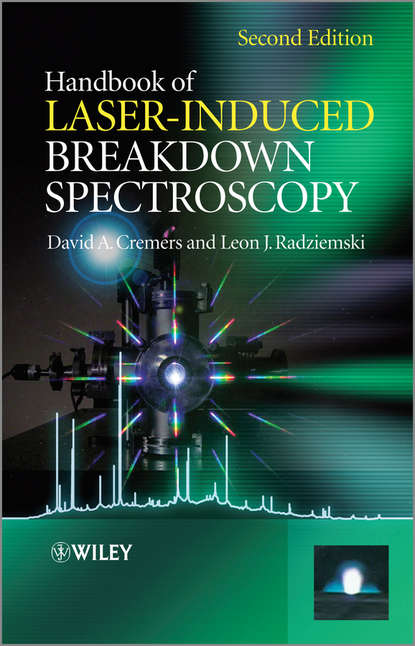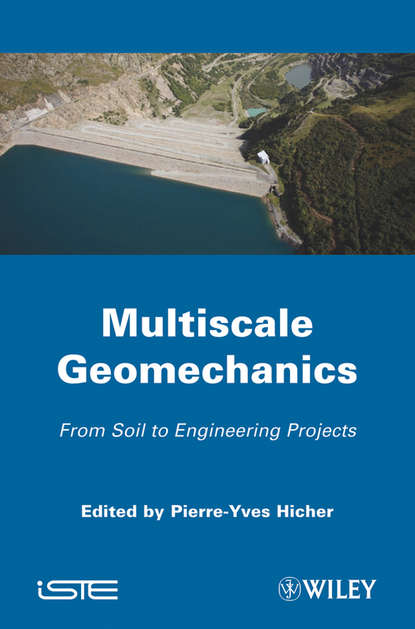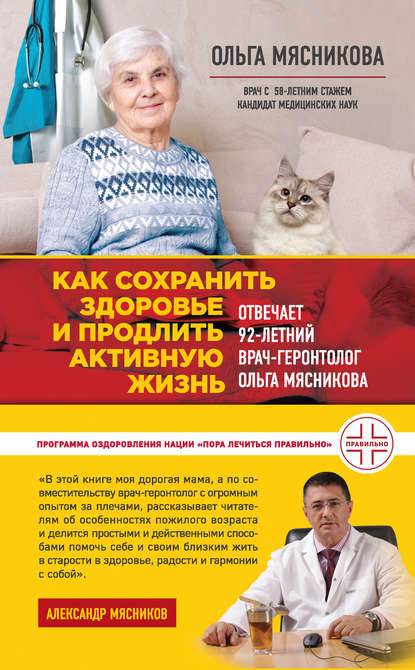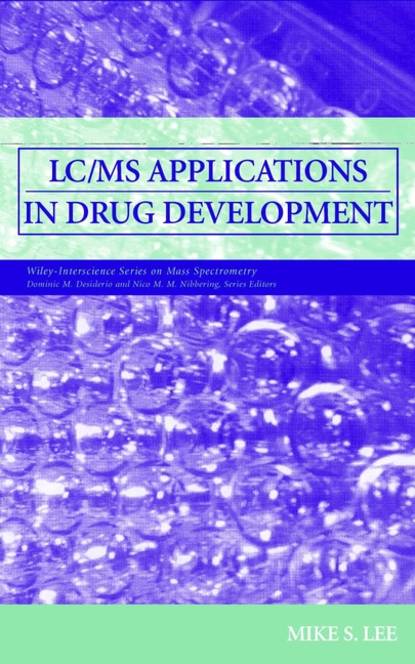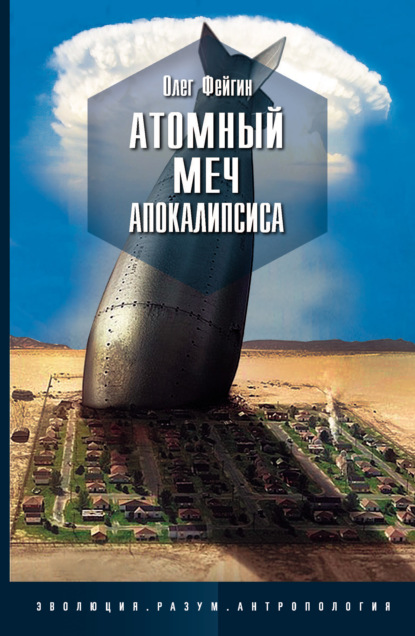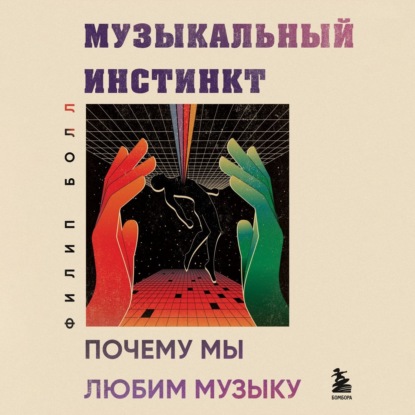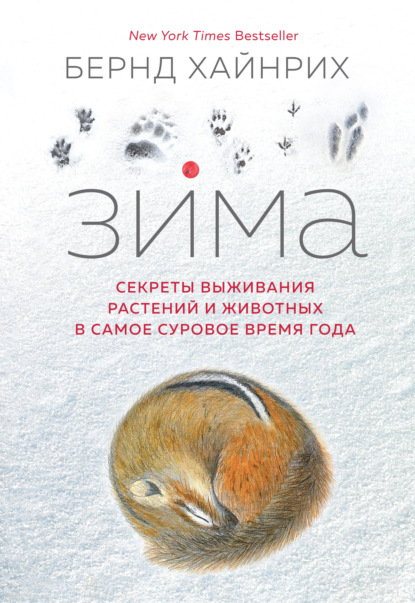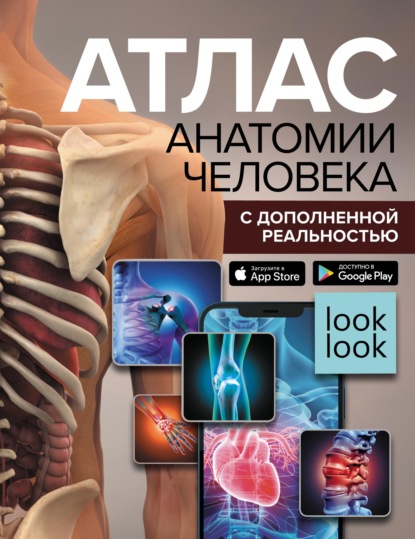Книга "Handbook of Laser-Induced Breakdown Spectroscopy" представляет собой уникальный источник информации, который будет ценен на протяжении многих лет для изучения метода лазерно-индуцированной спектроскопии с разрушением. Авторы, имеющие более 60-летний опыт работы в этом методе, используют комбинацию обучающих материалов, охватывающих основные принципы и более продвинутые описания, а также обширные иллюстрации и фотографии, чтобы ясно объяснить темы, рассмотренные в тексте. В этом втором издании добавлены главы об использовании статистического анализа и прогрессах в обнаружении оружия массового поражения. Таблицы данных, связанных с анализом с помощью лазерно-индуцированной спектроскопии с разрушением, были обновлены. Книга охватывает все аспекты метода, начиная с основных принципов и заканчивая описанием инструментов, методов и техник, а также обзором реальных применений метода. Благодаря этому, книга будет полезна как начинающим исследователям, так и опытным специалистам в области анализа различных типов образцов.
Это второе издание книги "The Handbook of Laser Induced Breakdown Spectroscopy". Книга содержит более 60 лет опыта авторов в LIBS-методе. В ней проведена комбинация обсуждаемых тем с подробными комментариями, включая статистический анализ и расширения аппаарата для определения оружия массового уничтожения. В книге много иллюстраций и фотографий для ясности объяснения описываемых тем. Первое издание вышло в 2005 году. Таблицы данных, связанных с анализом при помощи LIBS, были обновлены. Научная библиотека оборудована современной техникой.
Электронная Книга «Handbook of Laser-Induced Breakdown Spectroscopy» написана автором Cremers David A. в году.
Минимальный возраст читателя: 0
Язык: Английский
ISBN: 9781118567340
Описание книги от Cremers David A.
Starting from fundamentals and moving through a thorough discussion of equipment, methods, and techniques, the Handbook of Laser-Induced Breakdown Spectroscopy provides a unique reference source that will be of value for many years to come for this important new analysis method. The authors, with a total of over 60 years of experience in the LIBS method, use a combination of tutorial discussions ranging from basic principles up to more advanced descriptions along with extensive figures and photographs to clearly explain topics addressed in the text. In this second edition, chapters on the use of statistical analysis and advances in detection of weapons of mass destruction have been added. Tables of data related to analysis with LIBS have been updated. The Handbook of Laser-Induced Breakdown Spectroscopy, Second Edition: provides a thorough but understandable discussion of the basic principles of the method based on atomic emission spectroscopy, including recently available data leading to better characterization of the LIBS plasma; presents a discussion of the many advantages of the method along with limitations, to provide the reader a balanced overview of capabilities of the method; describes LIBS instrumentation ranging from basic set-ups to more advanced configurations; presents a comprehensive discussion of the different types of components (laser, spectrometers, detectors) that can be used for LIBS apparatuses along with suggestions for their use, as well as an up-to-date treatment of the newest advances and capabilities of LIBS instruments; presents the analytical capabilities of the method in terms of detection limits, accuracy, and precision of measurements for a variety of different sample types; discusses methods of sampling different media such as gases, liquids, and solids; presents an overview of some real-world applications of the method, with new emphasis on sampling of biologically and physically dangerous materials; provides an up-to-date list of references to LIBS literature along with the latest detection limits and a unique list of element detection limits using a uniform analysis method; provides annotated examples of LIBS spectra which can serve as references for the general reader and will be especially useful for those starting out in the field.
